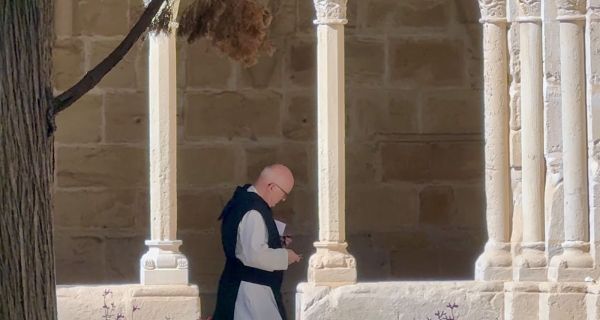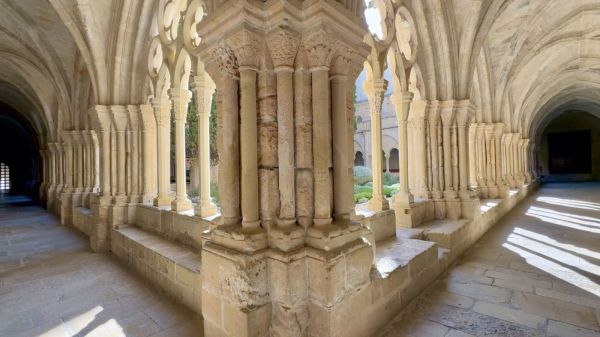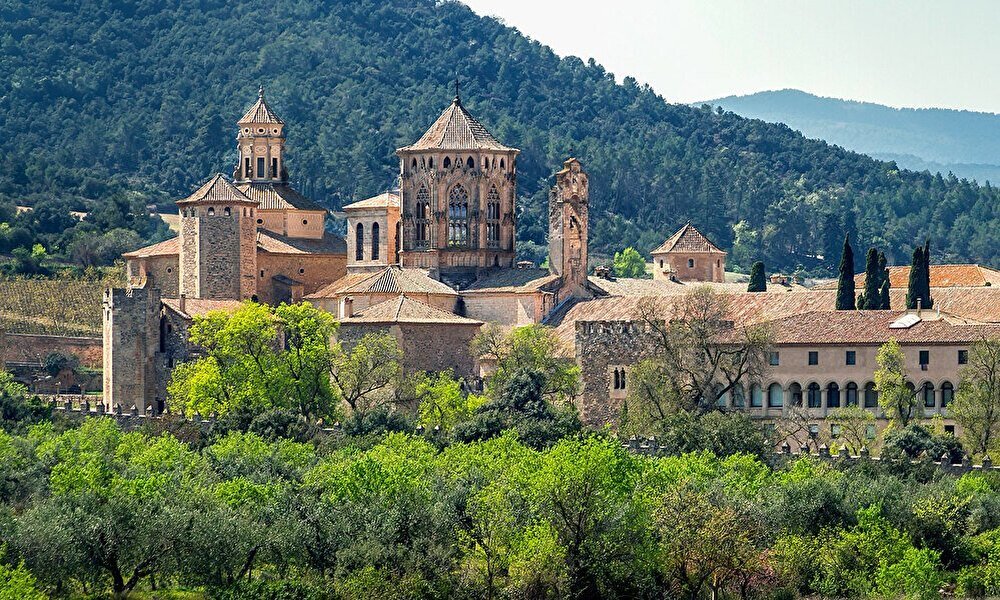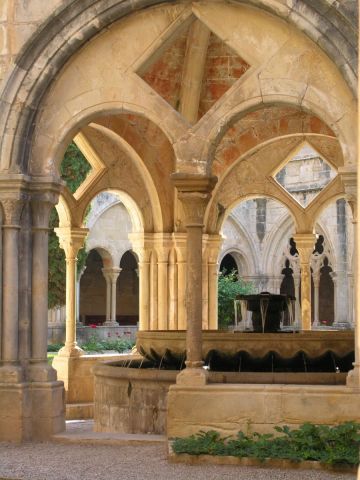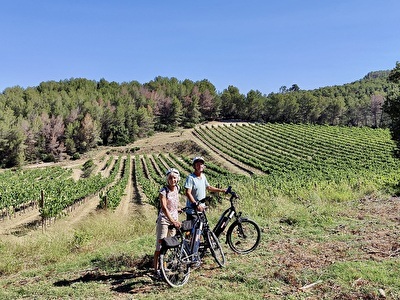The Monastery of Santa Maria de Poblet
Click on the picture and enjoy the beauty of the Monastery of Poblet.
Origin and History
The monastery was founded around 1150. Its founder was Ramon Berenguer IV, Count of Barcelona, who donated the lands recently conquered from the Moors (the Saracens), and the Abbot of Fontfroide (in the south of France) sent monks to Poblet.
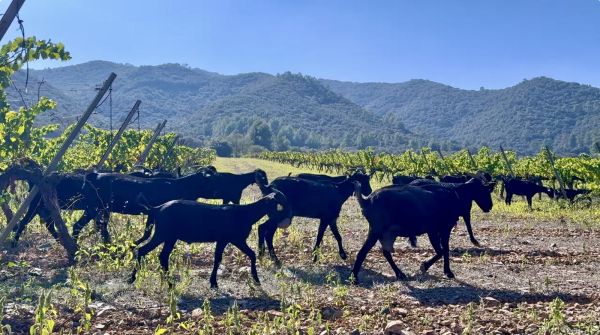
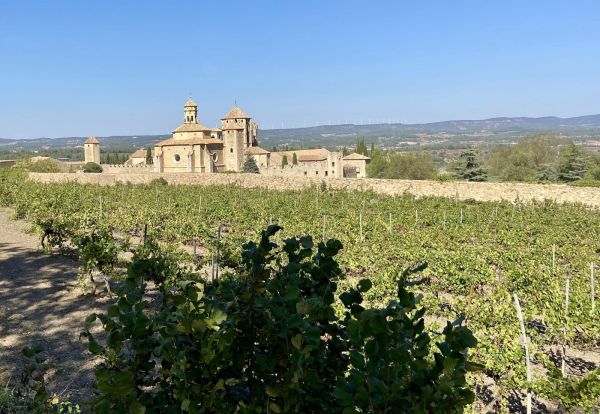
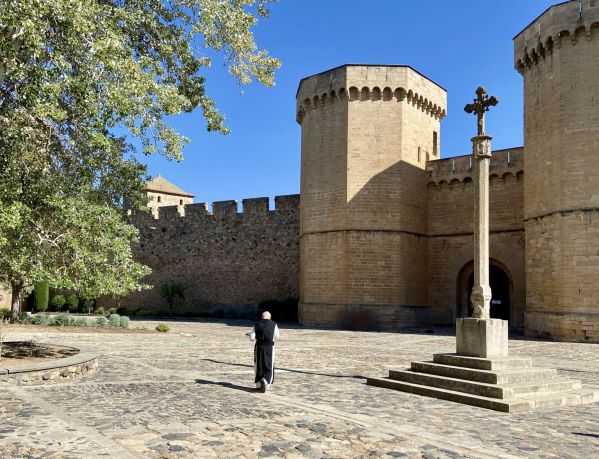
Over the centuries, Poblet grew in importance—not only as a religious center but also as a cultural and political stronghold. In the 14th century, Poblet became the royal pantheon of the House of Aragon. Kings such as James I the Conqueror, Alfonso the Great ("the Magnificent"), and Martin the Humane are buried there.
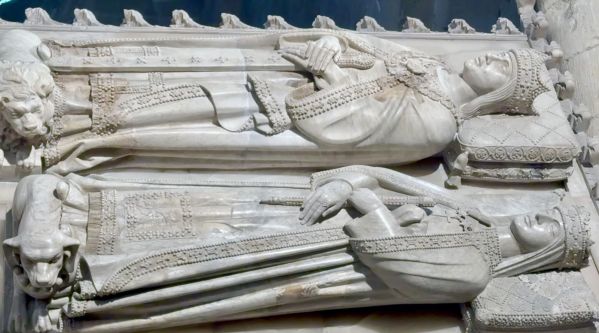
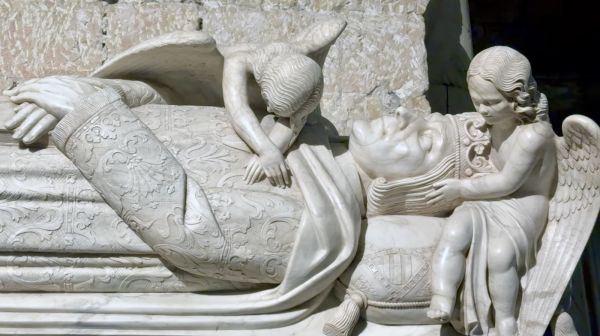
Architecturally, the monastery was expanded, embellished, and fortified over time. The monastery buildings—church, cloisters, dormitories, refectory (dining hall), chapels, and so on—were adapted or added to in Romanesque, Gothic, Renaissance, and later Baroque styles.
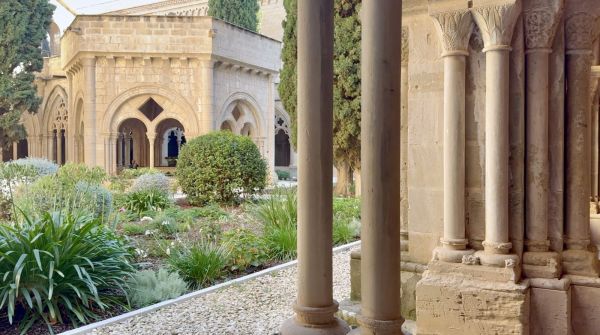
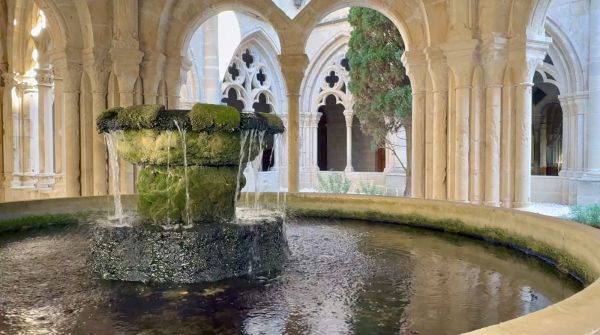
In 1835, Poblet was closed during the so-called "Desamortización de Mendizábal" (Church Confiscations), during which church property was confiscated. The monastery was looted and damaged, many artifacts disappeared, and the buildings fell into disrepair.
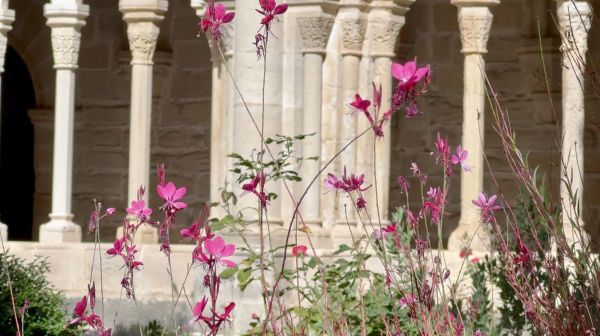
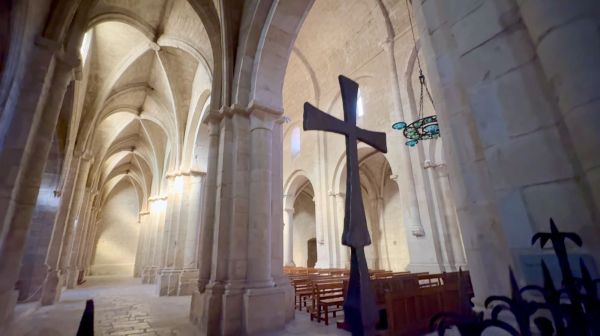
Restoration began in the 20th century, and in 1940 the monastic community returned—four Italian monks arrived to re-establish the religious function. In 1991, UNESCO declared the Poblet Monastery a World Heritage Site for its outstanding universal value: architectural, historical, and cultural.
Current Use & Significance
Currently, about 30 monks (and a few novices/oblates) live in Poblet. The monastery is no longer just a quiet religious life; it is also a cultural attraction, a tourist attraction, and a spiritual center: there are guided tours, visitor routes, museum presentations, retreats, and more. The monastic community maintains the complex, holds ceremonies, holds liturgical services, and the monastery is actively involved in the conservation, restoration, and management of both the building itself and the surrounding area.
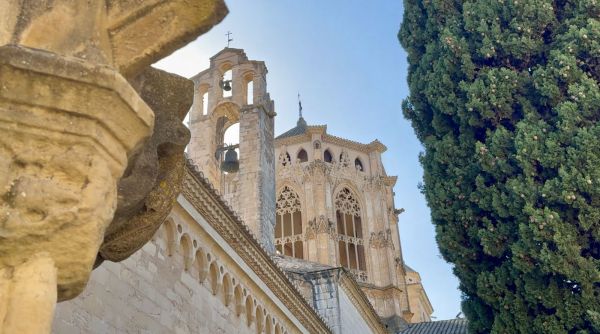
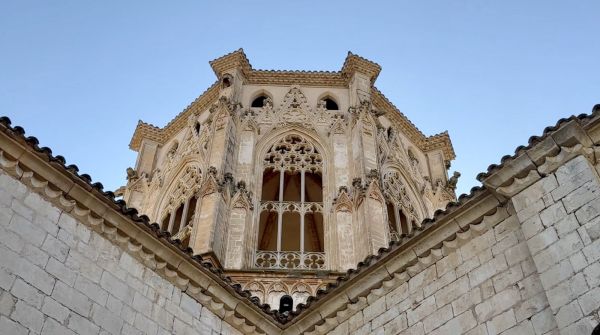
Visit & Tour
If you visit Poblet, here are tips and important places not to miss:
Guided tours are available, which you can book online, and cover the following areas:
- The Church (Iglesia de Santa Maria): Romanesque base, three naves, transept, apse with radial chapels, and an ambulatory typical of pilgrimage routes.
- The Cloisters: the large cloister with its colonnaded ambulatory and beautiful fountain.
- Refectory: the monks' dining hall, impressive for its proportions, details, and atmosphere.
- Chapter House – the monks' meeting hall.
- Dormitories / dormitories: the monks' sleeping quarters.
- The Royal Tombs – the pantheon of the kings of Aragon.
- Other buildings: the old kitchen, the library / scribe's room, the wine press rooms, and guesthouses.
- The city walls and gates / the Golden Gate (Puerta Dorada) – the fortifications added in later centuries.
Tips for a visit
- Allow plenty of time: you can easily spend a few hours exploring, especially if you include the gardens, the surroundings, and the museum information.
- Come in the morning or outside peak hours: you'll have more peace and quiet.
- Please wear appropriate clothing when visiting monasteries and churches.
- Combine it with nature: hiking in the forests around Poblet or in the Conca de Barberà region (Montaña de Prades) is highly recommended.
- Combine it with a visit to the medieval town of Mont Blanc, home to the myth of St. George and the Dragon.
